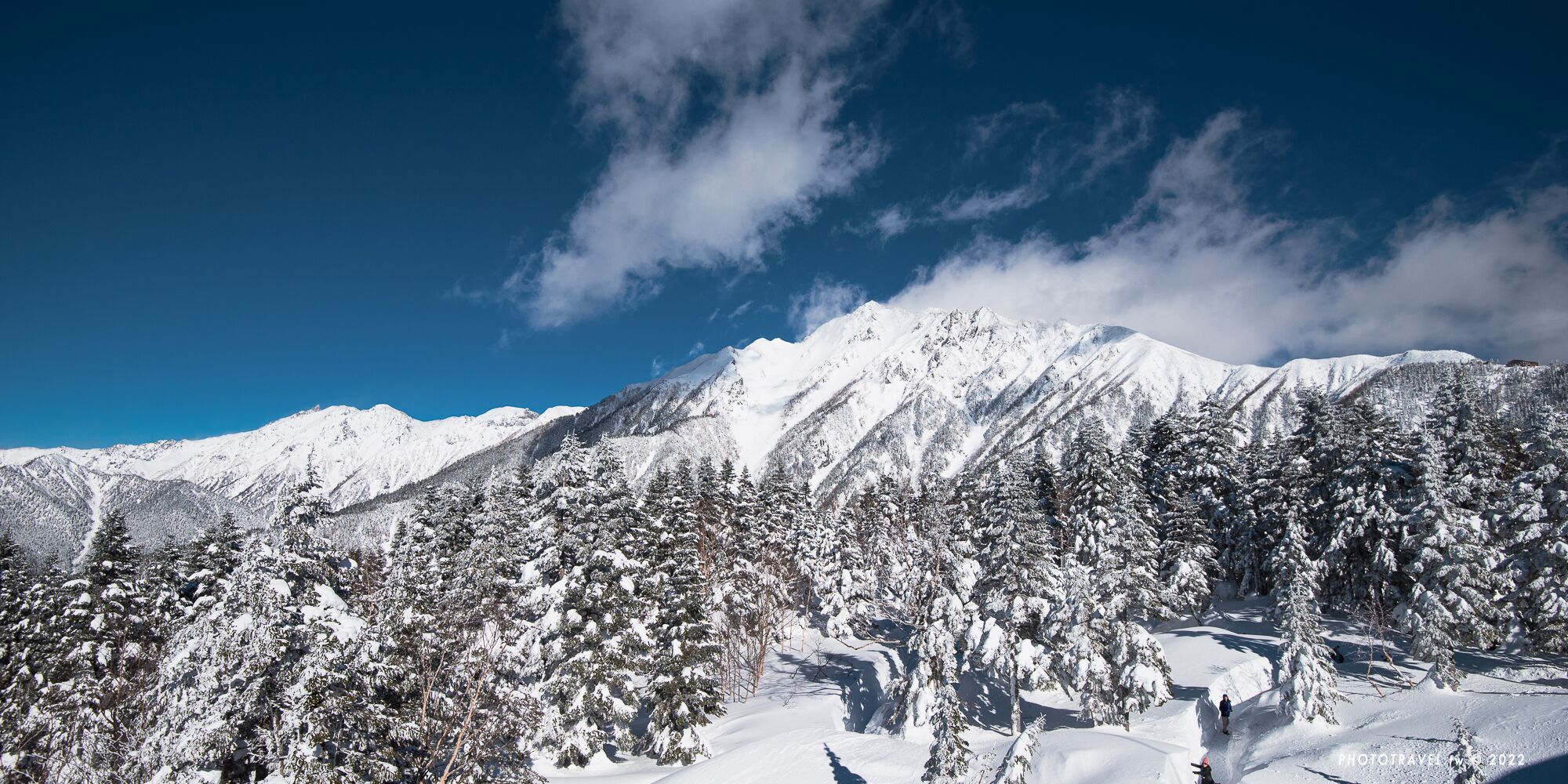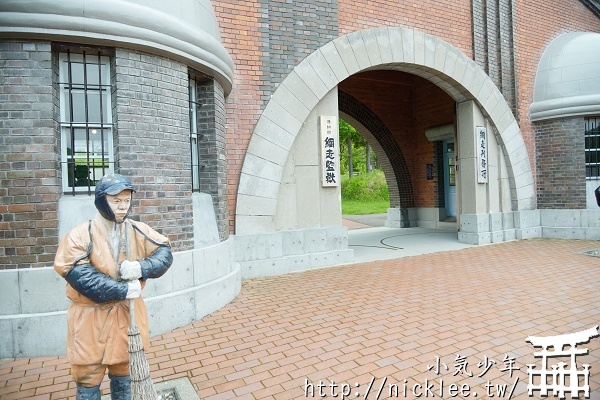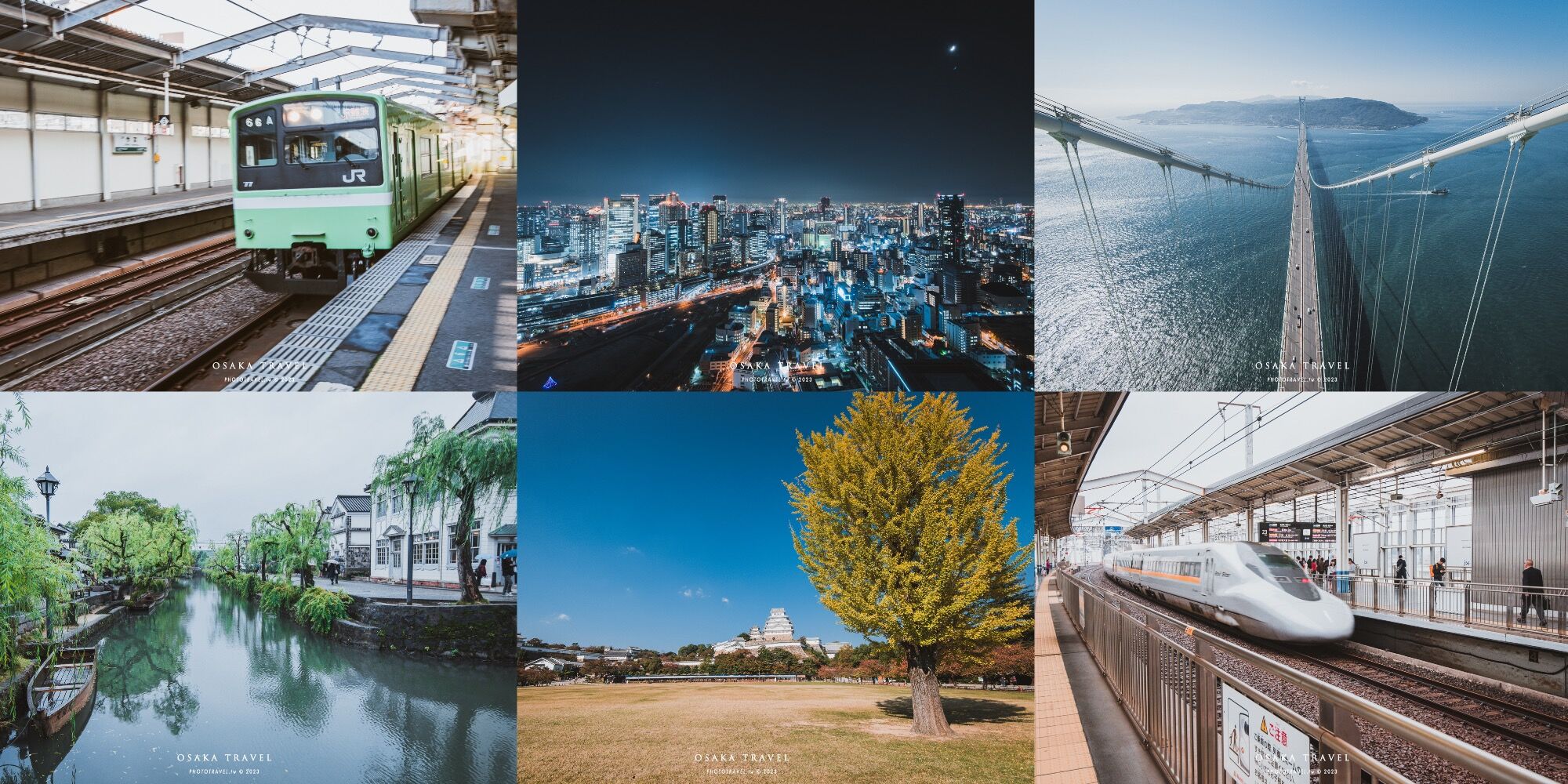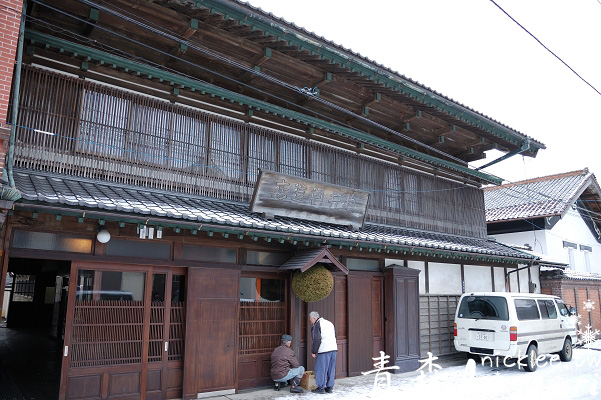Summary
The Shinhotaka Ropeway is a popular tourist attraction located in Gifu, Japan. It is also one of the must-visit destinations for those planning a trip to the Hokuriku region. The most famous feature of the Shinhotaka Ropeway is its double-decker cable car, which takes you to an observation deck at an altitude of over 2,000 meters, offering a 360-degree panoramic view of the Northern Alps. Even in the winter, when temperatures drop below freezing, it is definitely a memorable journey!
About the Shinhotaka Ropeway
The Shinhotaka Ropeway is located in Gifu Prefecture, about a 1.5-hour drive from Takayama City. The ropeway consists of two sections: the first section goes from “Shinhotaka Onsen Station” to “Nabedaira Kogen Station,” and the second section goes from “Shirakabahira Station” to “Nishihotakaguchi Station.” The second section is a double-decker cable car, making it the only one of its kind in Japan!

The highlight of the Shinhotaka Ropeway is the “Nishihotakaguchi Station,” which is the final stop of the second section. From the observation deck at an altitude of 2,156 meters, you can enjoy a 360-degree view of the Northern Alps, including Mount Nishihotakadake, Mount Yarigatake, and Mount Kasadake. On a clear day, the view is truly spectacular.

How to Get to the Shinhotaka Ropeway
If you want to visit the Shinhotaka Ropeway, it is recommended to start from Takayama City. You can first arrange a one-day trip to Takayama and then take a ride to the Shinhotaka Ropeway the next day. On the way from Takayama to the Shinhotaka Ropeway, you will pass by famous hot springs such as Hirayu Onsen and Fukuchi Onsen, where many hot spring resorts and guesthouses are located. Additionally, you can also take a bus from Hirayu Onsen to Kamikochi or Matsumoto.
To get from Takayama to Shinhotaka, you need to take a bus from the “Takayama Nohi Bus Center” to the Shinhotaka Ropeway (get off at “Shinhotaka Ropeway”). As the Shinhotaka area is easily affected by weather conditions, it is recommended to depart early. This way, if the weather is bad when you arrive at Shinhotaka, you will have plenty of time to make alternative plans.
Nohi Bus Schedule
Since the bus to Shinhotaka also stops at Hirayu Onsen and Fukuchi Onsen, if your schedule allows, it is recommended to arrange to stay in the hot spring area after visiting Shinhotaka. This will give you more time to relax!

Shinhotaka Ropeway Schedule and Ticket Prices
Shinhotaka Ropeway Schedule
The Shinhotaka Ropeway is generally open year-round, but the operating hours vary depending on the season. Before your visit, you can check the official website of the Shinhotaka Ropeway for the latest schedule. Please note that the ropeway may be temporarily closed due to inclement weather or regular maintenance. The first section of the ropeway departs every hour at 00 and 30 minutes, while the second section departs every hour at 15 and 45 minutes. The departure times are the same for both the outbound and return trips, and the total travel time for both sections is approximately 25 minutes.

Shinhotaka Ropeway Ticket Prices
To ride the Shinhotaka Ropeway, you can simply purchase a ticket on the day of your visit. If you want to reach the observation deck at Nishihotakaguchi Station, which offers a view of the Northern Alps, you will need to take both the first and second sections of the ropeway. The combined ticket price for both sections is 3,300 Japanese yen. Please note that there is an additional fee for carrying equipment weighing more than 6 kilograms.

My Experience Riding the Shinhotaka Ropeway and Capturing Winter Snowscapes
On the day of my visit to the Shinhotaka Ropeway, the weather was excellent, allowing me to capture the winter snowscapes.








Although the weather was excellent on the day of my visit to Shinhotaka, the second section of the ropeway was temporarily closed due to weather conditions (possibly strong winds). As a result, we spent quite some time playing in the snowy landscape at Nabedaira Kogen (after all, it was the first time I had seen such a spectacular snowscape). Nabedaira Kogen also has open-air natural hot springs, so if you’re interested, I recommend allocating more time to stay here!







After spending about 30 minutes at Nabedaira Kogen and preparing to descend, we heard a broadcast announcement that the second section of the ropeway was back in operation! Of course, we had to take the unique double-decker cable car in Japan to Nishihotakaguchi Station and enjoy the magnificent snowscape of the Northern Alps!









All in all, the Shinhotaka Ropeway is highly recommended for those traveling to the Hokuriku region in Japan. With the ropeway, you can enjoy breathtaking mountain views without having to trek for a long distance. Located just about 1.5 hours from Takayama, the Shinhotaka Ropeway is also conveniently located for visiting other attractions in the Hokuriku region, such as Shirakawago, Takayama, or Kanazawa.
Further reading on attractions in the Hokuriku region of Japan
- [Japan] One-Day Trip to Takayama | Map of 4 Major Attractions in Takayama City & Transportation
- [Japan] 2023 Illumination Event in Shirakawago | Independent Trip Itinerary for Shirakawago (Including Transportation Guide for One-Day Trip)
- [Japan] One-Day Trip to Kanazawa | Itinerary for an Independent Trip to Kanazawa
- [Japan] Riding the Shinhotaka Ropeway | Enjoy the Stunning Snowscapes of the Northern Alps in Gifu!





